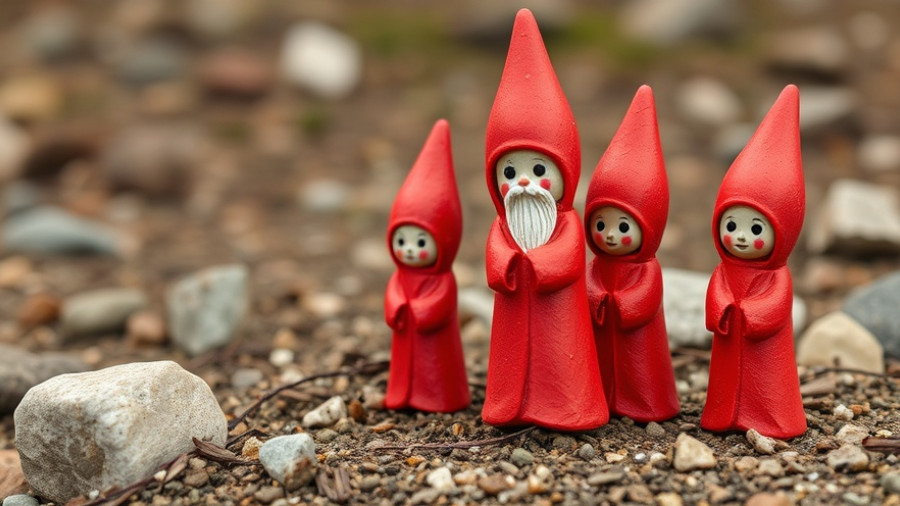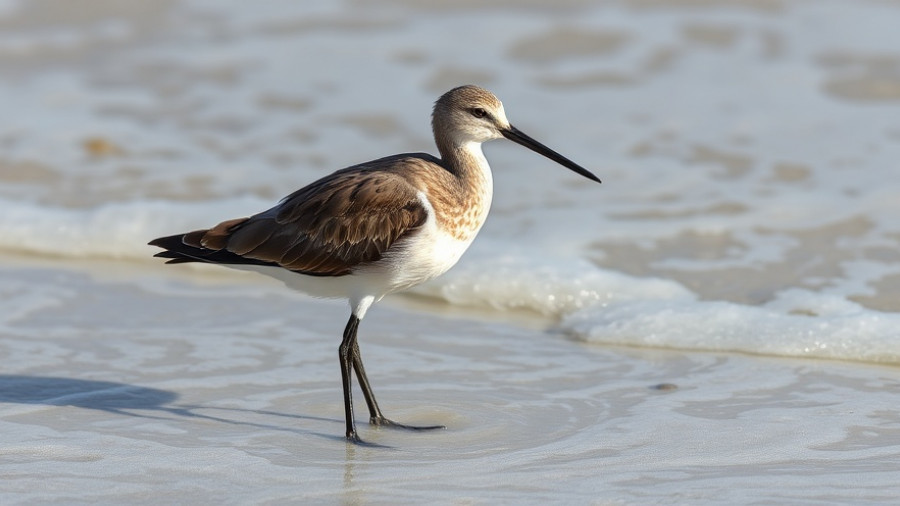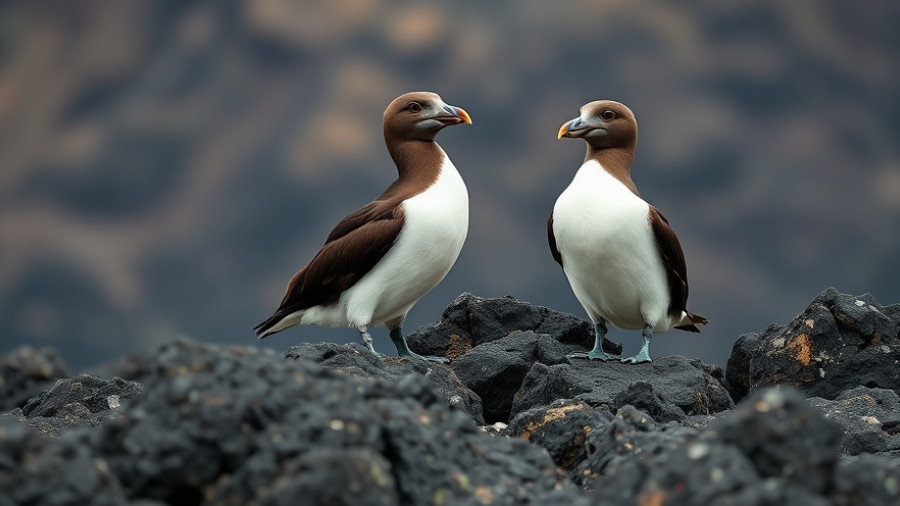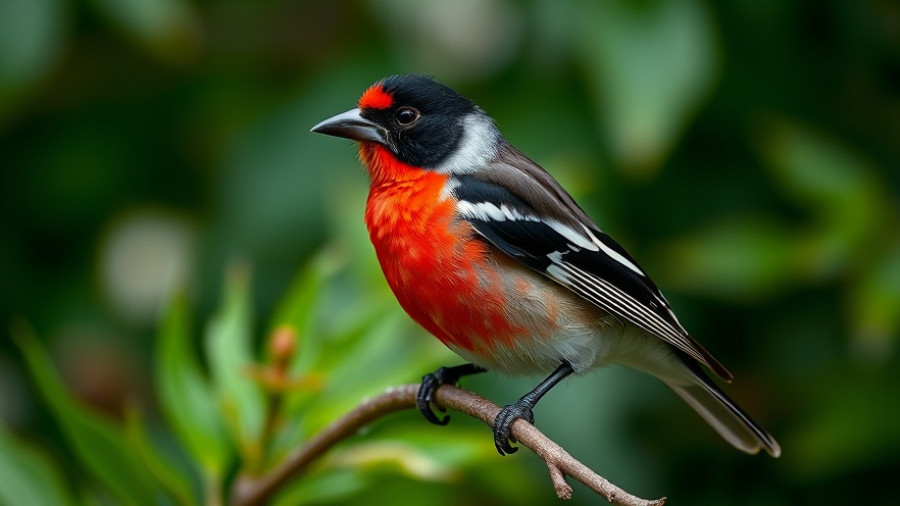
Discover the Fascinating Ruddy Turnstone
The vuelvepiedras rojizo (Arenaria interpres), or ruddy turnstone, is a captivating shorebird recognized for its unique ability to turn stones, which is a behavior that significantly influences its feeding strategy. This species, which thrives in coastal habitats across the globe, exhibits distinct plumage patterns that vary between seasons, showcasing a vibrant palette of red, black, and white during the breeding season, while adopting a more subdued brown and white appearance in winter.
Where Do They Roam?
Ruddy turnstones are remarkable migrators, covering vast distances from their breeding grounds in the Arctic tundra to warmer coastal areas during winter. Their migratory journey often sees them congregating in groups, providing a stunning spectacle for bird watchers.
The Turning Stones Behavior
This characteristic behavior of the ruddy turnstone is not just about finding food; it serves as a fascinating example of adaptation. With their short, robust bills, these birds flip over rocks, shells, and seaweed to unveil hidden invertebrates, primarily crustaceans, which form a major part of their diet. In fact, they even work together in groups to manipulate larger debris, showcasing cooperative foraging techniques.
The Importance of Coastal Habitats
The survival of the ruddy turnstone significantly relies on healthy coastal and marine ecosystems. With their preference for rocky shores and jetties, maintaining the integrity of these habitats is crucial not only for the turnstones but for the numerous other species that share their environment. Conservation efforts are vital as climate change and human activity continue to disrupt these natural habitats.
Conclusion: Why Should We Care?
Understanding the characteristics and behavior of the ruddy turnstone allows us to appreciate the intricate relationships that exist within our ecosystems. As avid bird watchers or casual enthusiasts, recognizing the beauty and uniqueness of this shorebird can foster a deeper connection to the natural world. So next time you are by the coast, keep an eye out for this lively bird and its remarkable stone-turning antics!
 Add Row
Add Row  Add
Add 




Write A Comment